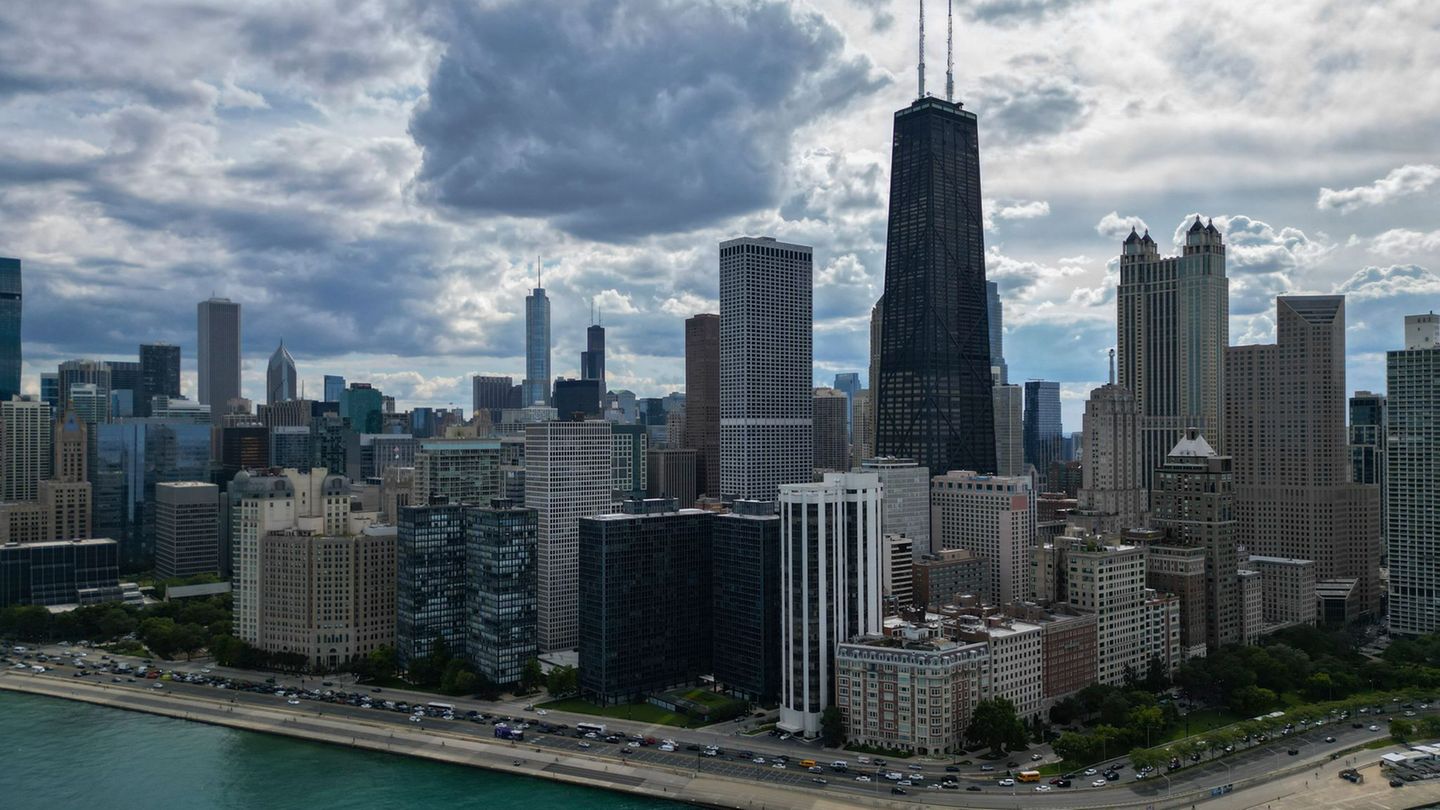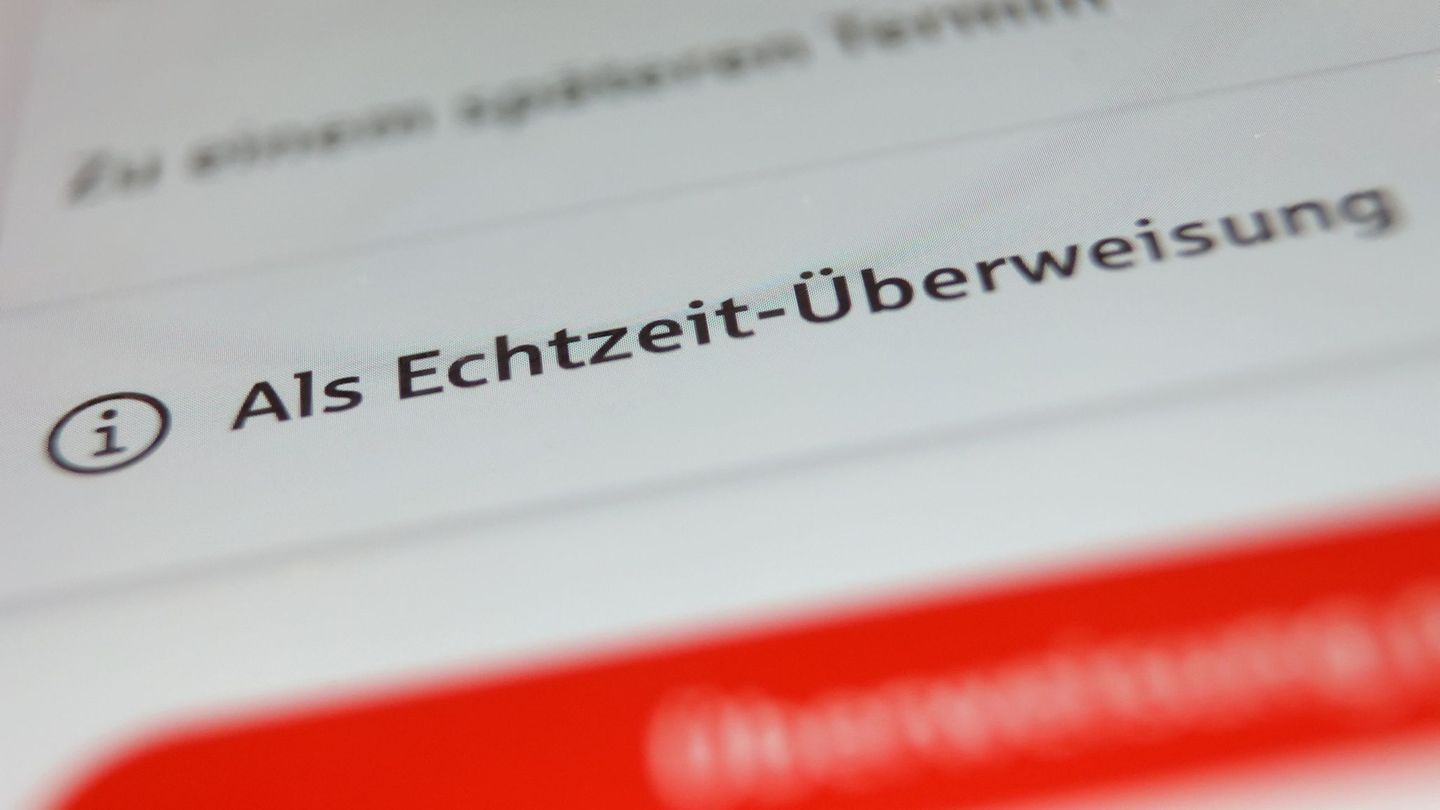In turn, the MEP dollar fell $1.18 (-0.4%) and closed in $293.33. Consequently, the spread with the official reached 91.9%. Since last Friday, it accumulates a decrease of $6.16 (-2.1%).
“weights are missing”operators agree when it comes to attributing the causes of the recent drop in financial exchange rates. “We see that the monetary adjustment, via rate hikes and absorption with Leliqs and repos, is drying up the market and slowing down the demand for dollars”describe in the market
The Central Bank placed this Tuesday almost 1 billion pesos ($986,509 million or about US$6,455 million) in Leliq, with an expected return of 75% per year at 28 days. The operation resulted in a contraction of $163,077 million, against maturities for $822,975 million. Let us remember that the BCRA board left the rate unchanged last week given the prospect of a slowdown in inflation (in September it was 6.2% vs. 7% in August).
Beyond this, in the market also link the decline of the CCL and MEP with the decline of the US currency in Brazil. The real rose 0.6% this Tuesday to 5.2488 units per dollar and the Bovespa stock index rallied 1.6%, as neighboring country’s energy independence it compensated for the current nervousness among investors about the upcoming presidential elections.
“Free dollars are down and are again quite far from the inflation accumulated in recent months. Since the end of 2020, inflation has been 152% and free dollars have grown between 74% (blue) and 110% (CCL)”, they limited from Aurum Valores.
Global Focus Investments analyst Mauro Cognetta warned that “For now, the issuance of $1.2 trillion has not had an effect for what was the soybean dollar in September, plus other monetary faucets from the BCRA to buy securities. With which, this at some point will have an impact on the dollar free”. “Today the theoretical reference price of the CCL is $345”estimated.
In the informal market, and unlike the trajectory of financial exchange rates, the blue dollar bounced $3 to $290, according to a survey by Ámbito. Thus, it narrowed the gap with the MEP to its lowest level in one month ($3.33).
At the beginning of this week, the so-called Import System of the Argentine Republic (SIRA), which replaces the Comprehensive Import Monitoring System (SIMI), a mechanism by which the Government it seeks to restrict the sale of foreign currency, which, in the opinion of business chambers, may lead to insufficient supplies being obtained to produce.
“The new authorization system to access the market again compressed the demand for dollars, allowing the monetary authority to absorb the excess available in the wheel”, said Gustavo Quintana, operator of PR Corredores de Cambio.
The monetary entity managed to buy about 21 million dollars from the market through liquidity regulation operations, which are added to the 23 million purchased on Monday, although so far this month the balance is negative for its reserves by about 250 million dollars. “The beginning of the new obstacles to imports brought good news for the monetary authority, although we believe that it is a short-term effect,” they estimate from PPI.
The market will focus this Wednesday on the auction of debt in pesos from the Treasury, in which it will seek to renew maturities for about $142 billionmainly concentrated in the post-exchange remnant of the Lecer X21O2 dual papers.
“Despite the fact that the maturities do not seem challenging a priori, the fact that the CER curve (bonds tied to inflation) yields positive throughout 2023 at the latest market prices makes us pay attention to the level of rates that the Treasury ends up validating”they maintained from the SBS Group.
official dollar
The wholesale dollar, which is directly regulated by the BCRA, rose 32 cents and stood at $152.82 (effective annual rate of 114.9%). The traded volume fell slightly to US$262 million.
“In the first two days of this week, the wholesale exchange rate rose $1.18, well below the $1.84 increase registered in the first two days of last week, indicating a slowdown in the rate of adjustment of dollar prices that will be seen if it deepens in the rest of this week,” Quintana said.
Meanwhile, the retail dollar -without taxes- gained 22 cents and closed at $159.71, according to the average that emerges from the banks of the local financial system. While, the dollar bill in Banco Nación rose 25 cents to $159 – without taxes.
Thus, the dollar saved or solidarity dollar-which includes 30% of the COUNTRY tax and 35% deductible from Income Tax and Personal Assets- increased 36 cents to $263.52. In addition, the tourist dollar or card -retailer plus COUNTRY Tax, and a 45% deductible perception of Income Tax and Personal Goods for consumption with cards abroad of up to US$300 per month- it rose 39 cents to $279.49.
The new qatar dollar -which includes 30% of the COUNTRY tax, 45% deductible from Income Tax and Personal Assets, and a new perception of 25% on account of Personal Assets – it increased 44 cents and settled at $319.42. It is worth noting that this exchange rate applies to Consumption abroad with debit and credit cards greater than US$300 per month.
Finally, in the ROFEX futures market, the currency closed stable at the end of the month, while the other terms showed average drops of 0.6%. Thus, implicit rates fell by around 500 basis points. Only the longest section of the curve closed positive, showing increases of between 25 cents and $1, raising implicit rates by about 100 points.
By the end of October it concluded with a rate of 75.69%, while by the end of November it ended at 99.87% of TNA. US$713 million were traded, with an increase in open interest of 8,000 contracts to total US$4,061 million.
Source: Ambito
David William is a talented author who has made a name for himself in the world of writing. He is a professional author who writes on a wide range of topics, from general interest to opinion news. David is currently working as a writer at 24 hours worlds where he brings his unique perspective and in-depth research to his articles, making them both informative and engaging.




